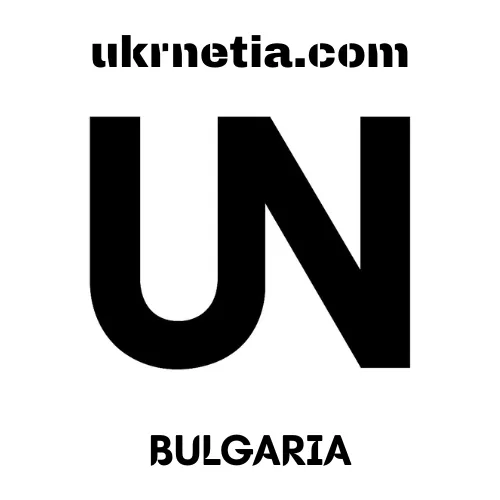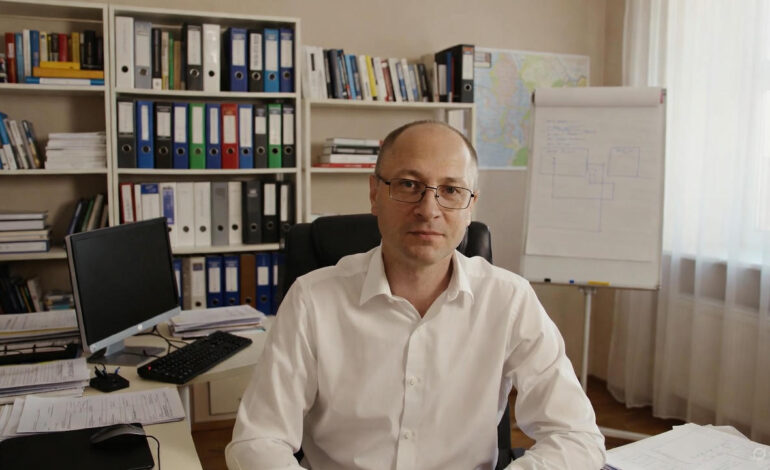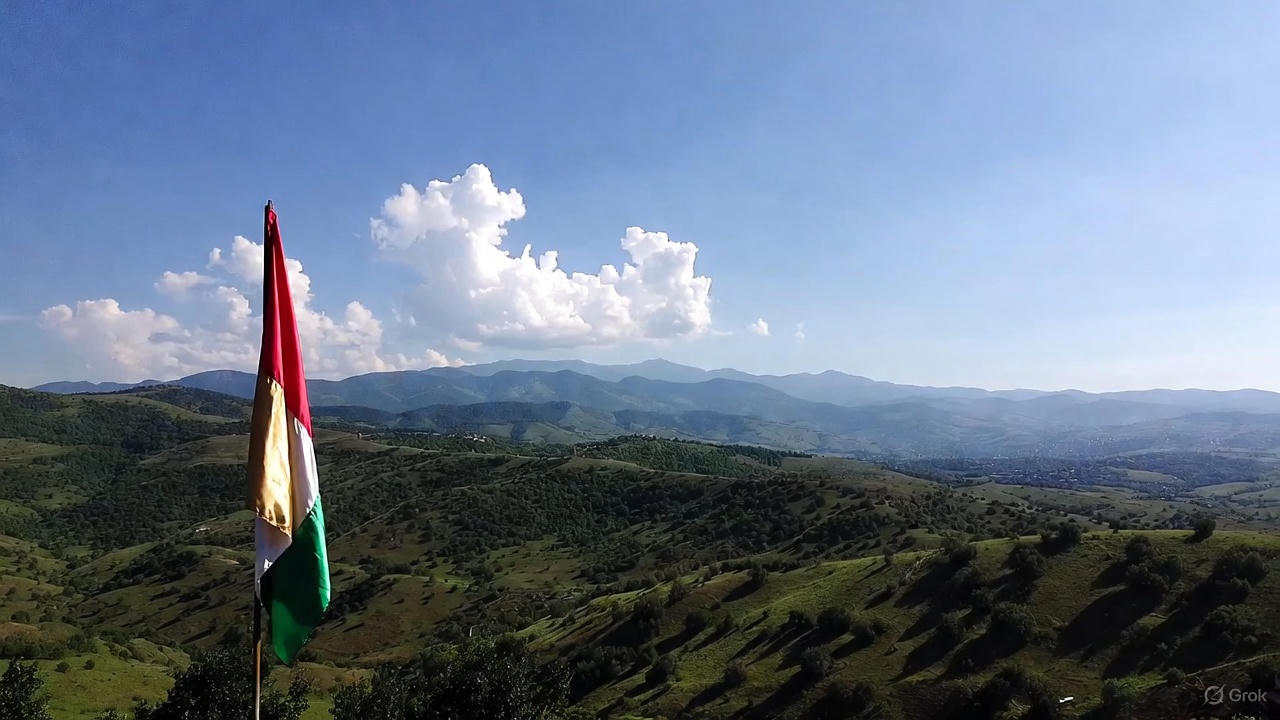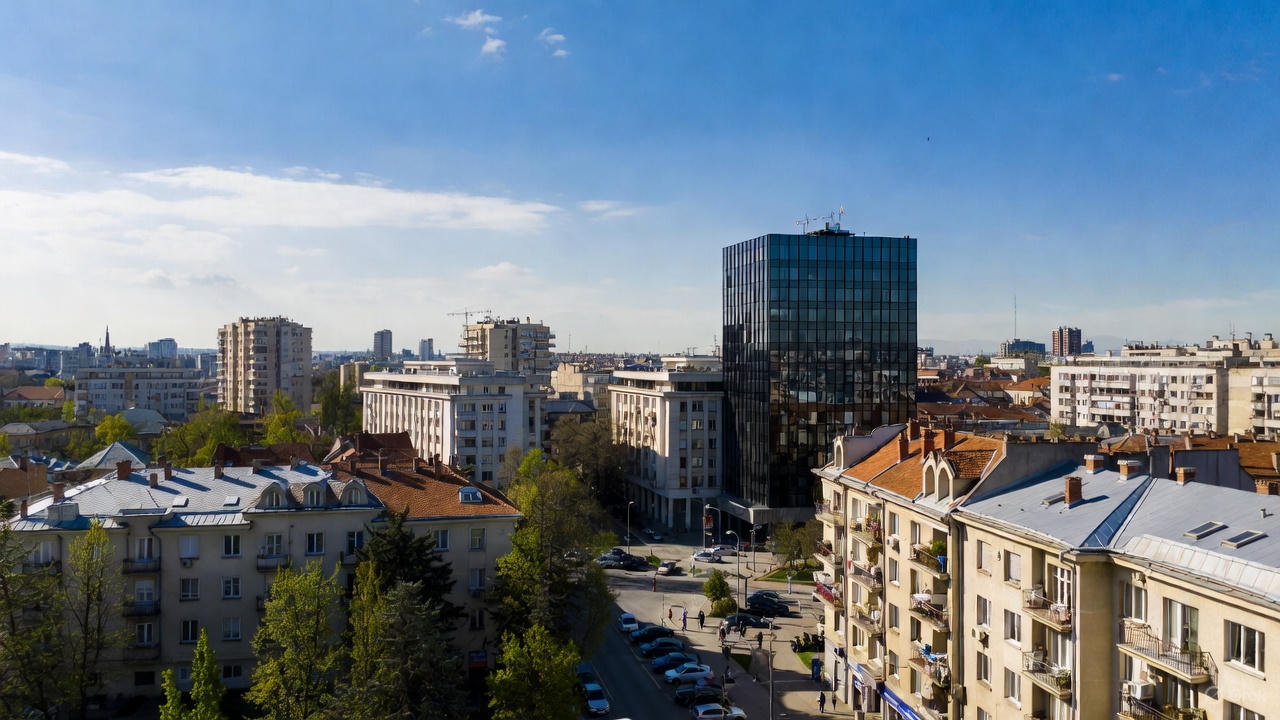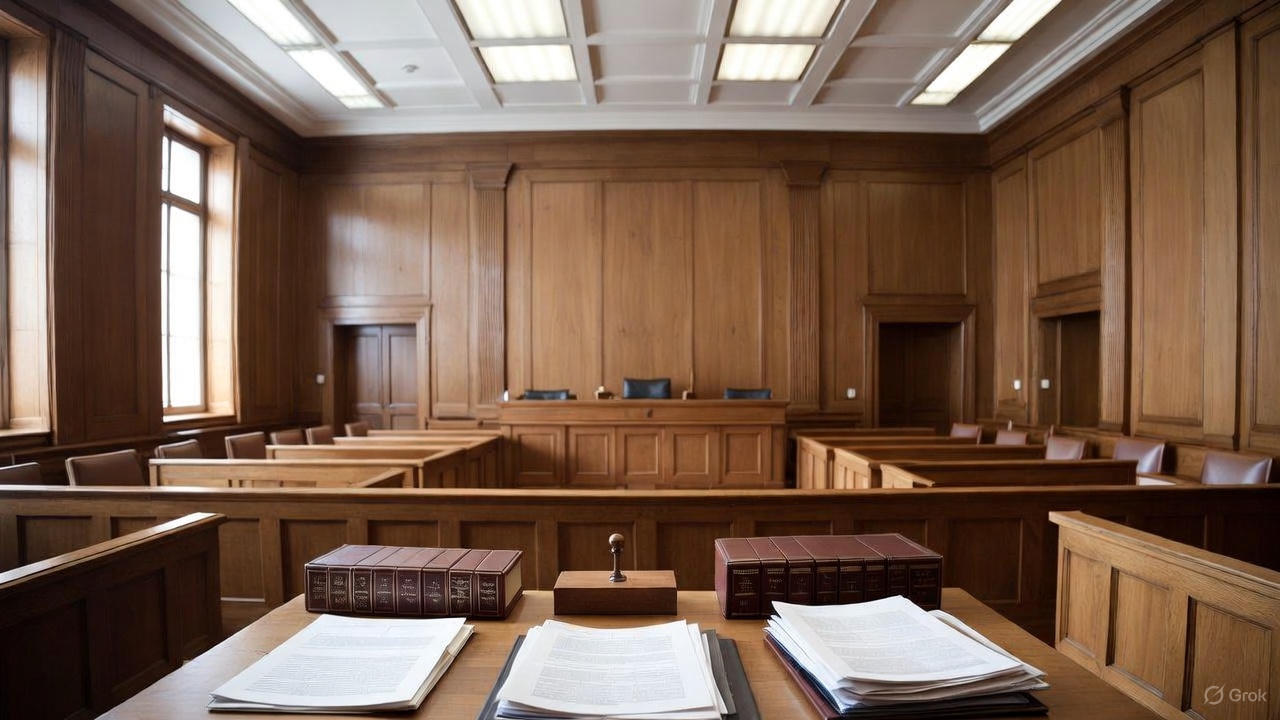How to Travel Around Bulgaria Public Transport, Roads, and Essential Tips for 2025
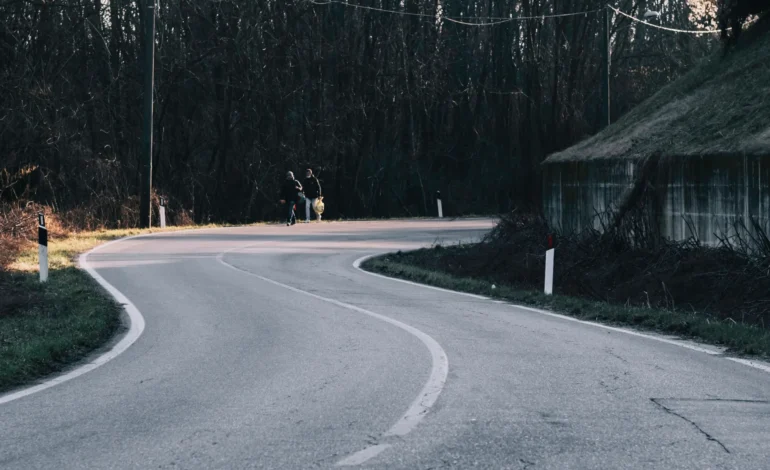
Bulgaria, the hidden gem of the Balkans, beckons with its ancient monasteries, sun-kissed Black Sea beaches, rugged Rila Mountains, and vibrant cities like Sofia and Plovdiv. But for all its allure, getting around this compact yet diverse country can feel like a puzzle—part efficient European network, part post-communist relic with a dash of Balkan chaos. Whether you’re a budget backpacker hopping buses from Varna to Veliko Tarnovo or a road-trip enthusiast weaving through the Rhodope Mountains, understanding Bulgaria’s transport system is key to unlocking its treasures without frustration.
In 2025, as Bulgaria’s tourism rebounds post-pandemic with over 10 million visitors projected (a 15% increase from 2024, per the National Statistical Institute), infrastructure improvements—like expanded Sofia Metro lines and digital ticketing apps—make travel smoother than ever. Yet challenges persist: rural roads with potholes, trains that run on “Balkan time,” and aggressive drivers who treat highways like racetracks. Fear not—this comprehensive guide, clocking in at over 3,000 words, breaks it all down. We’ll cover public transport (buses, trains, metros), driving on Bulgarian roads, alternative options like hitchhiking and car-sharing, and pro tips to navigate like a local. By the end, you’ll be plotting your route from Sofia’s Alexander Nevsky Cathedral to Burgas’ sandy shores with confidence.
Let’s hit the road—or the rails.
Introduction: Why Getting Around Bulgaria is an Adventure in Itself
Bulgaria spans just 110,994 square kilometers—smaller than Kentucky—yet its transport reflects its layered history: Ottoman-era cobblestone streets, Soviet-built rail lines, and EU-funded highways snaking through Thracian valleys. Public transport is dirt-cheap (a Sofia Metro ride costs 1.60 BGN, about €0.80), reliable in cities, and scenic in the countryside. But outside urban hubs, expect delays, language barriers (Cyrillic signage), and a “flexible” sense of punctuality.
For 2025 travelers, positives abound: FlixBus has expanded routes with Wi-Fi and AC, Sofia’s Metro now links the airport seamlessly, and e-vignettes for roads are a breeze via app. Negatives? Rural buses might strand you in a village with more goats than people, and winter snow can turn mountain passes into skating rinks. The best approach? Mix modes: buses for intercity jaunts, trains for lazy landscapes, and a rental car for off-the-beaten-path gems like the Devil’s Throat Cave.
Pro tip: Download the Moovit app for real-time public transport schedules—it’s a lifesaver in Sofia and Plovdiv. Now, let’s dive into the options.
Public Transport: The Backbone of Bulgarian Travel
Public transport in Bulgaria is a budget traveler’s dream—affordable, extensive, and increasingly modernized. With a network covering 40,000 km of roads and rails, you can reach 90% of the country without a car. Expect English signage in major cities, but rural stops? Cyrillic only. Fares are unified: urban rides hover at 1-2 BGN (€0.50-1), intercity buses 20-50 BGN (€10-25). In 2025, contactless payments are standard in Sofia, but cash reigns elsewhere.
Urban Public Transport: Navigating Sofia, Plovdiv, Varna, and Beyond
Bulgaria’s cities hum with efficient local systems—buses, trams, trolleybuses, and metros—that make sightseeing a breeze. Sofia, the capital, sets the gold standard with its integrated network serving 1.3 million daily riders.
Sofia: Metro, Trams, and Buses Galore Sofia’s public transport is a 2025 standout: two Metro lines (M1 and M2) span 52 km, connecting the airport (15 minutes to city center for 1.60 BGN) to Vitosha Mountain’s cable car base. Trains run 5:30 AM-11:30 PM weekdays (slightly shorter weekends), with air-conditioned cars and digital English displays. Buy tickets via vending machines (cash/card) or the Sofia Transport app—validate at yellow machines to avoid 20 BGN fines.
Buses and trams (over 100 routes) fill the gaps: Line 84 zips from the airport to the center (30 minutes, 1.60 BGN), while Line 64 climbs to Vitosha for hikes. Trolleybuses, eco-friendly and silent, trundle through Vitosha Boulevard’s cafes. Rush hour (7-9 AM, 5-7 PM) packs them like sardines—opt for the “Green Ticket” (unlimited 1-hour rides for 1.60 BGN) or a 1/3/5-day pass (4/6/9 BGN).
Plovdiv: Trams and Trolleys in the City of Seven Hills Europe’s 2025 Capital of Culture, Plovdiv blends ancient ruins with modern mobility. Four tram lines and 40+ bus routes link the Old Town to Kapana’s street art district (1.20 BGN/ride). Trolleys zip up the hills to Bachkovo Monastery—perfect for day trips. Tickets from kiosks or drivers; the Plovdiv Card app tracks buses in real-time.
Varna and Burgas: Coastal Commuters Black Sea hubs shine for beach-hoppers. Varna’s 30+ bus lines (1.60 BGN) connect the Sea Garden to Golden Sands resorts; buy from drivers with exact change. Burgas’ efficient network (buses/trolleys) shuttles to Sunny Beach (20 minutes, 2 BGN). Both cities offer seasonal shuttles to smaller beaches—check BusVarna.com for schedules.
Smaller Cities: Ruse, Veliko Tarnovo, and More Ruse’s buses (1.60 BGN) cross the Danube Bridge to Romania; Veliko Tarnovo’s hilly routes climb to Tsarevets Fortress. Fares are uniform, but frequencies drop post-8 PM—taxis fill the void.
In all cities, validate tickets immediately; inspectors are stealthy. For accessibility, Sofia’s Metro has elevators, but rural buses? Step-free dreams deferred.
Intercity Buses: The Workhorse of Bulgarian Journeys
Buses dominate intercity travel—faster and more frequent than trains, with 300+ daily departures from Sofia’s three terminals (Central, Ovcha Kupel, South). Private operators like Union Ivkoni (the “king,” with 500+ routes) and Etap-Grup offer AC, Wi-Fi, and toilets on long hauls—book via their apps or bgojashtane.com (English available).
Key routes: Sofia-Plovdiv (2 hours, 15-20 BGN); Sofia-Varna (6-7 hours, 30-40 BGN); Burgas-Sozopol (shuttle, 45 minutes, 5 BGN). FlixBus enters 2025 with budget green buses (from €5), but locals swear by Ivkoni for reliability. Stations (avtogari) are chaotic hubs—arrive 30 minutes early, guard belongings. Rural routes? Minibuses (marshrutki) from markets, cash-only.
Pros: Scenic (Rhodope views!), cheap. Cons: No refunds, summer crowds. In 2025, expect more electric buses on EU-funded lines.
Trains: Slow but Scenic Rides Through the Bulgarian Countryside
Bulgarian State Railways (BDZh) operates 4,000+ km of tracks, but don’t expect Swiss precision—delays are the norm, and cars are Soviet-era relics (though sleepers got a 2024 refresh). Fares undercut buses: Sofia-Plovdiv (2.5 hours, 10 BGN); Sofia-Varna (7 hours, 20 BGN). Book via bdz.bg (English) or stations—reservations mandatory for expresses.
Highlights: The Rhodope Narrow-Gauge (Septemvri-Dobrinishte, 4 hours, 12 BGN), Europe’s prettiest train ride through misty mountains. Overnight to Burgas? Couchettes from 25 BGN. Stations like Sofia Central are modernizing with EU funds, but rural halts? Time capsules.
Trains suit dreamers: Sip rakia while Thracian plains roll by. But for speed? Bus it.
Airports and Domestic Flights: Quick Hops for Time-Strapped Travelers
With four international airports (Sofia, Varna, Burgas, Plovdiv), domestic flights are niche but handy for Black Sea jaunts. Bulgaria Air’s Sofia-Varna (45 minutes, €50-100) runs summer-only; Ryanair adds low-cost hops. From Sofia Airport, Metro Line 1 whisks you downtown (20 minutes, 1.60 BGN). Varna/Burgas? Buses to resorts (30-60 minutes, €2-5).
In 2025, expect drone deliveries at airports and expanded low-cost carriers—perfect for island-hopping to Nessebar.
Roads and Driving: Freedom on Four Wheels (With Caution)
For untethered exploration—Rila Lakes hikes or Melnik’s wine trails—a car is king. Bulgaria’s 40,000 km road network includes 879 km of highways (A1 Sofia-Burgas shines), but rural paths? Pothole playgrounds. In 2025, EU funds pave 200 km more, but expect gravel detours.
Road Conditions: From Smooth Highways to Hairpin Nightmares
Major routes (E79 Sofia-Ruse) are dual-carriageways with 130 km/h limits, but secondary roads (Class III) twist through gorges—narrow, unmarked, and prone to rockfalls. Winter (Nov-Mar): Snow chains mandatory on passes like Shipka; black ice lurks. Summer: Heat cracks asphalt, and tourist traffic clogs Black Sea roads.
Potholes? Legendary—swerve like a local. Apps like Waze flag hazards in real-time.
Driving Rules and Regulations: Know Before You Go
Drive right, overtake left. Speed limits: 50 km/h urban, 90 km/h rural, 130 km/h motorways. Zero tolerance for novices (<2 years licensed); 0.05% BAC max (fines €300+, jail possible). Headlights on always (day/night, Nov-Mar mandatory). Seatbelts compulsory; kids under 12 in boosters.
Vignette (e-sticker): €8/7 days for cars—buy online (bgtoll.bg) or borders; fines €150 without. EU license suffices; non-EU? IDP required. Carry triangle, vest, first-aid kit.
Renting a Car: Options, Costs, and Where to Start
Rent from Sofia Airport via Sixt/Hertz (€25-50/day, unlimited km). Opt for manual (cheaper); autos €10 extra. Insurance: Basic CDW included, full €15/day. Gas: €1.50/liter (95 octane); stations every 20 km (Lukoil/OMV reliable).
In 2025, electric rentals surge—ChargeMap app locates stations (500+ nationwide).
Driving Tips: Survive and Thrive on Bulgarian Roads
- Aggressive Drivers: Tailgating is a sport—don’t engage; pull over politely.
- Night Driving: Avoid—unlit roads, wandering livestock.
- Police Stops: Routine; polite English works, but fines on-spot (€25-100).
- Scams: Fake cops near borders—demand ID, pay nothing without receipt.
- Winter Prep: Chains, tires; check via bgmap.com.
- Navigation: Google Maps Cyrillic-friendly; offline downloads essential.
Road fatality rate? EU’s second-highest—drive defensively.
Alternative Ways to Travel: Hitchhiking, Car-Sharing, and More
Public or car not cutting it? Bulgaria’s communal spirit shines.
Hitchhiking: The Bulgarian Way
Hitchhiking (stopanje) is ubiquitous—students thumb to beaches, elders to villages. Safe? Generally yes; locals hospitable, but women solo? Buddy up. Stand at gas stations or roadsides with a sign (city names in Cyrillic). Rides free or small tip; avoid nights/borders.
Car-Sharing and Rideshares
Facebook groups (“Sofia-Varna пътуващи”) match drivers (€10-20/seat). BlaBlaCar enters 2025 with verified rides. Taxis? Yellow cabs metered (app TaxiMe avoids scams, €0.50/km).
Bikes, Ferries, and Fun
Cycle rural paths (ZigZag rents €10/day). Black Sea ferries (Varna-Burgas, €15) or Danube cruises add romance.
Essential Tips: Making Your Bulgarian Journey Seamless
- Apps: Moovit (transit), Waze (roads), Rome2Rio (routes).
- Cash is King: BGN everywhere; ATMs ubiquitous.
- Language: “Bilet” (ticket), “Avtogara” (bus station)—Google Translate offline.
- Safety: Pickpockets in stations; women: shared rides.
- Sustainability: Buses over cars; EU’s green push means more e-buses.
- COVID/2025 Updates: Masks optional; apps for health checks.
- Budget Breakdown: Weekly transport €50 (mix bus/train).
Sample Itineraries: Putting It All Together
Week 1: Sofia to Black Sea (Public Focus) Day 1: Fly Sofia, Metro to center. Day 3: Bus Sofia-Plovdiv (15 BGN, 2h)—explore Roman theater. Day 5: Train Plovdiv-Burgas (20 BGN, 4h)—beach hop.
Week 2: Mountains Road Trip Rent car Sofia (€30/day). Day 1: Drive Rila Monastery (2h). Day 3: Seven Lakes hike. Day 5: Rhodope via bus/train hybrid.
Embrace the Bulgarian Journey
Traveling Bulgaria isn’t seamless—it’s soulful. From rattling buses through rose valleys to hairpin drives past Buzludzha’s UFO ruin, every mile reveals resilience and beauty. In 2025, with digital upgrades and EU investments, it’s easier than ever. So, grab that vignette, validate your ticket, and go—let Bulgaria’s roads rewrite your map.
